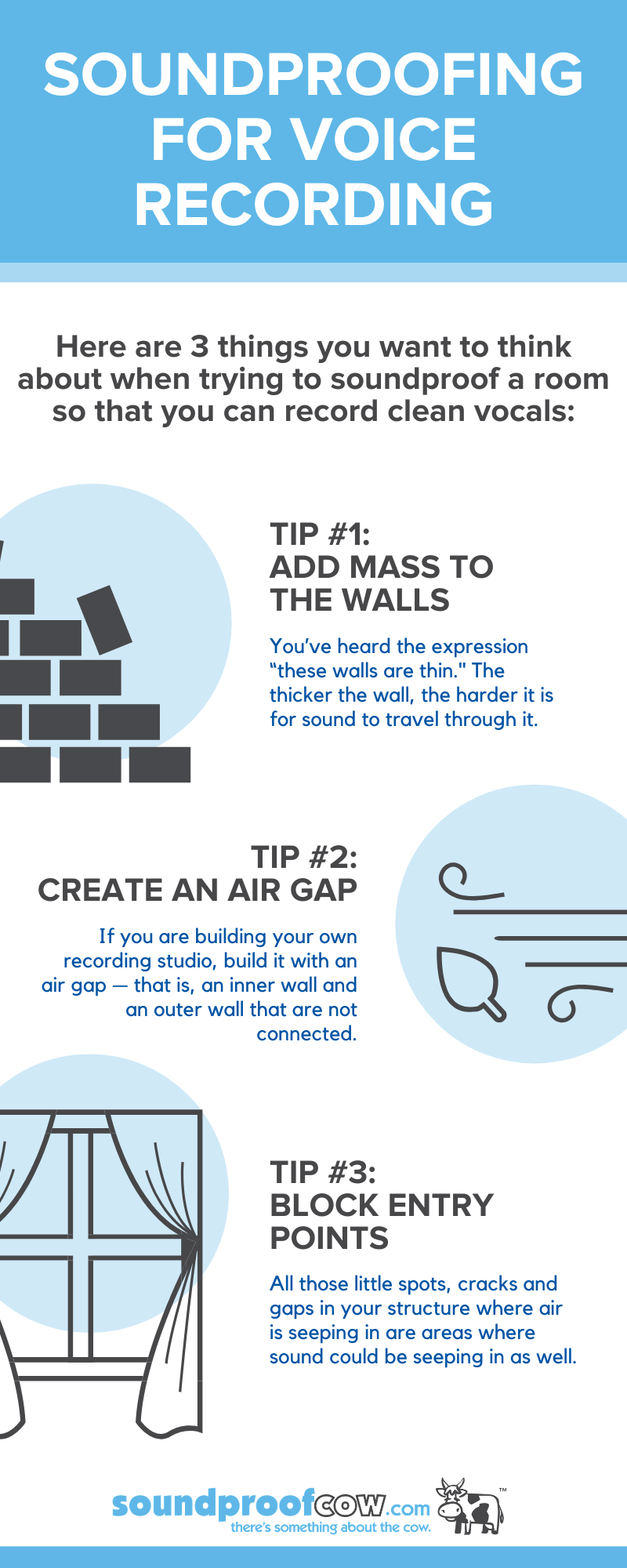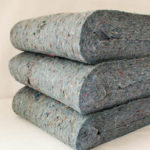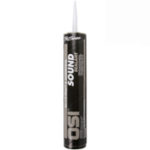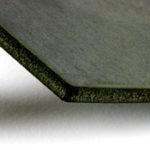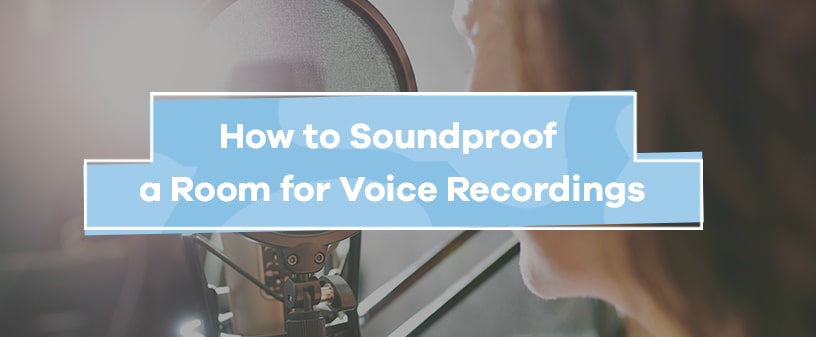
One of the first things you need to know when making a professional recording is how to soundproof a room. But why is this so important? And what steps can you actually take to make sure your room is properly soundproofed for voice recordings?
Why Do You Need Soundproofing for Voice Recording?
In your normal daily activities, you probably don’t notice how much background sound is bouncing around. There might be humming electronics, street noise or people talking in the background, for example. It’s easy to tune these things out during your daily activities. But when you’re making a recording with the intention of capturing a specific sound or voice, those background noises suddenly start screaming. Your recording will be hard to hear and sound unprofessional.
You want the room properly soundproofed so that outside noises cannot get in and so any reverberations or conflicting noises are absorbed and don’t interfere with the voice of the person you’re recording.
How to Soundproof a Room for Recording Vocals
There are three things you want to think about when trying to soundproof a room so that you can record clean vocals. They are:
1. Adding Mass to the Walls
You’ve heard the expression “these walls are thin,” meaning people on the other side of the wall might hear what you are saying. This description is accurate. The thicker the wall, the harder it is for sound to travel through it. If your recording studio happens to have three-foot-thick concrete walls, you’re in great shape. But in most cases, this isn’t the situation. If they have enough power, external sounds can vibrate your walls, creating unwanted noise.
A solution can be to add mass to those walls by putting up something to thicken them. A very thick insulator can be just what you’re looking for. Soundproofing insulation like Quiet Batt® with multiple layers that create multiple challenges for noise trying to vibrate its way through is the perfect solution.
2. Creating an Air Gap
The easiest way to transfer vibratory sound from one structure to another is to connect them. If you are building your own recording studio, build it with an air gap — that is, an inner wall and an outer wall that are not connected. The sound has to cross the gap before getting through your inner wall, which could protect you from outside noises. Filling that gap with soundproofing insulation is even more effective.
3. Blocking Entry Points
All those little spots, cracks and gaps in your structure where air is seeping in are areas where sound could be seeping in as well. Get acoustical caulk or liquid soundproofing foam to fill all of those gaps so air and soundwaves can’t make their way through.
Where to Find Soundproofing Products
Soundproof Cow has soundproofing insulation, acoustic panels, liquid urethane foam and other products designed to both dampen harsh noises and block unwanted outside sounds. For all the quality soundproofing materials you need, or for more information on sound control for voice recordings, reach out to Soundproof Cow today.


